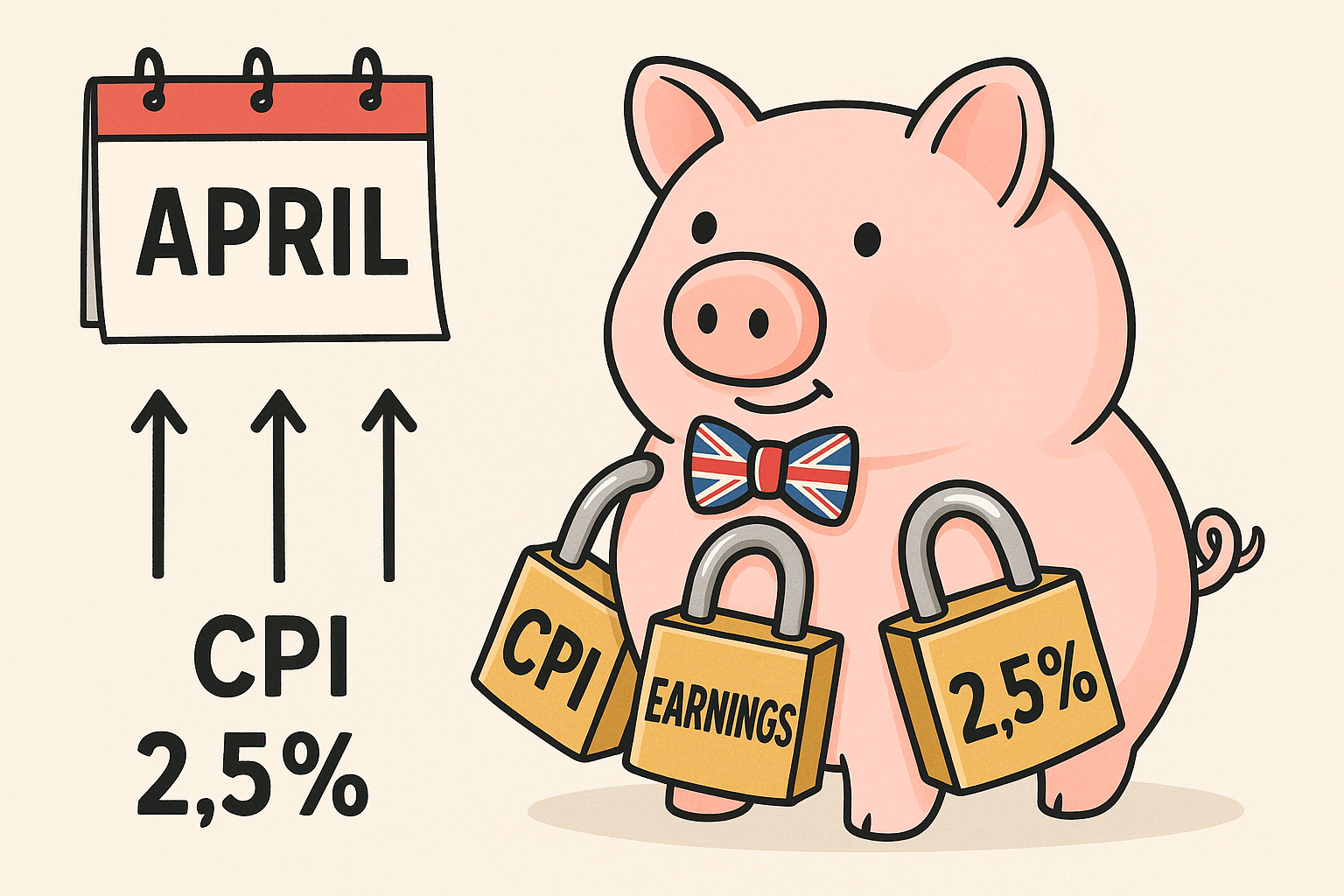How long can the UK keep the pension triple lock?

How long can the UK keep the pension triple lock?
Unsupported Slack block type: rich_text
How long can the UK keep the pension triple lock?
The UK’s “triple lock” raises the State Pension each April by the highest of CPI inflation, average earnings growth, or 2.5%. After two years of high inflation and strong wage growth, that promise has become expensive. The OBR’s October 2024 outlook points to higher-than-planned pension spending over the decade, and BBC reporting suggests the policy could cost around three times more by mid‑century than in its early years. The IFS Pensions Review has argued for a more stable, earnings‑linked rule (or a smoothed variant) to protect living standards without locking in volatility.
Media lens: Right‑leaning outlets typically emphasise fiscal sustainability and intergenerational fairness, warning that the triple lock ratchets spending, raises long‑run debt and tax burdens, and risks abrupt future cuts. They often float a “double lock” (earnings/CPI) or smoothing as a compromise. Left‑leaning coverage tends to prioritise security for retirees and the role of the State Pension in preventing poverty, cautioning that sudden reform could hit the most vulnerable. Some progressive voices also note that not all pensioners are poor, urging better targeting (e.g., Pension Credit uptake) alongside predictable uprating. Across the spectrum there’s growing agreement that the current formula creates volatility and political risk; the real debate is how to transition to a rule that is clearer, fairer between generations, and credibly affordable.
Three Locks and a Piggy Bank Clink goes the promise, one‑two‑three, CPI, earnings, two‑point‑five in glee. April knocks, the calendar grins, And Westminster wonders who pays and who wins. Wages sprint, prices jog, numbers talk, Treasury tiptoes the fiscal walk. Keep it for now? Reform down the line? The piggy just winks — “Make the bottom line fine.”
Audio narration of the poem follows (with a surprise oink at the end).

How long can the UK keep the pension triple lock?
The State Pension’s “triple lock” raises payments each April by the highest of CPI inflation, average earnings growth, or 2.5%. After a burst of inflation and rapid wage growth, that guarantee has become costlier and more volatile. The Office for Budget Responsibility’s recent Economic and Fiscal Outlooks flag triple‑lock‑driven uncertainty in spending and the public finances, while BBC reporting has highlighted how the policy’s long‑run cost could be multiple times higher by mid‑century than in its early years. The Institute for Fiscal Studies’ Pensions Review has argued for moving to a clearer, more predictable rule — often an earnings link or a smoothed variant — that preserves pensioners’ living standards without locking in year‑to‑year fiscal whiplash. The core policy dilemma: maintain generosity and predictability for retirees while keeping the long‑term bill credibly affordable and fair across generations.
Media landscape, in brief: Right‑leaning commentary tends to stress fiscal sustainability and intergenerational fairness. It warns that the triple lock ratchets the State Pension relative to the economy over time, pushing up taxes or borrowing, and often floats reforms such as a “double lock” (earnings/CPI), multi‑year smoothing of the uprating measure, or faster adjustments to the State Pension age. Left‑leaning coverage prioritises income security and poverty prevention, noting many retirees fixed costs and the role of the State Pension as a floor. It typically cautions against abrupt change, and suggests pairing any reform with improved take‑up of Pension Credit and other targeted support. Across the spectrum there’s growing agreement on one point: the current formula injects volatility and political risk. The pragmatic middle ground is a transition to an earnings‑linked or smoothed rule with clear safeguards, phased in to protect today’s lower‑income pensioners.
Three Locks and a Piggy Bank Clink goes the promise — one, two, three; CPI, earnings, two‑point‑five with glee. April flips over, the calendar sings; Treasury counts what generosity brings. Prices jog, wages sprint, charts climb steep; Ministers promise, spreadsheets weep. Keep it as is, or smooth the shock? The piggy just winks beneath each lock.